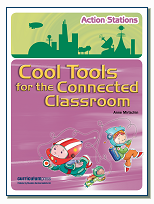One of my highly valued colleagues, Sue Waters, tweeted out the link to my blog post on Blended Technology Use for Great Learning. It was with interest that I read a response to her tweet by @strong99 who thought it would be better to have the author/illustrator teach face to face. Below is part of the conversation.
Technology has broken down the barriers of distance. This linkup was free, took very little effort to organise, gave us a top quality presenter from another country, highly engaged the students and taught them how to make simple, effective illustrations for their storytelling.
However, it gave food for thought as to whether it is preferable to have someone come into the classroom if cost, effort, availability etc was not a problem. Here are some arguments for using technology in preference:-
- students engage with technology and not always with a person
- if the presenter is physically there, time is limited and there may be little time for questions. Students have so many questions and many of there questions are really good and it is what they want to know within the topic. Having access to the Smartboard, allowed us to key in the questions in the chat. We added at least one auestion for each student, all of them different. (Some are listed below). Only four students got to ask questions with the traditional methods of using the microphone and web camera. The questions from the chat were saved and viewable by all involved. These questions even if not answered by the presenter, give the teacher an avenue for further research, learning and mentoring with the class.
- Using the smart board and polycom equipment meant that all students could see quite clearly the author at work illustrating and stroke by stroke how she created the drawings.
- It is of high interest for students to be sharing their virtual classrooms with those from other schools whether they be in Australia or New Zealand or other countries. It brings a different perspective to the topics at hand and increases the thought processes beyond their own small own small class.
What do you think? If money, effort, cost, availability were of no consequence, and the presenter was highly engaging, would you choose face to face or virtual linkups? Why is one preferable over the other? How successful have your video linkups been? What makes them successful, what makes for unsuccessful connections?










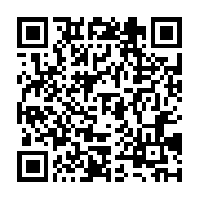






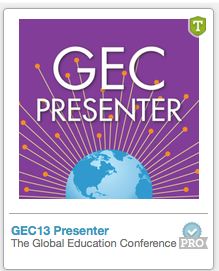


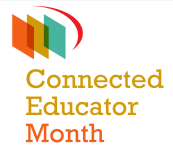
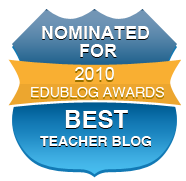




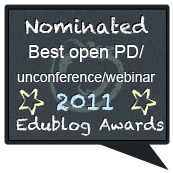
 Twitter/murcha
Twitter/murcha Del.icio.us/murcho
Del.icio.us/murcho GMail/Anne M
GMail/Anne M Blog/Anne M
Blog/Anne M